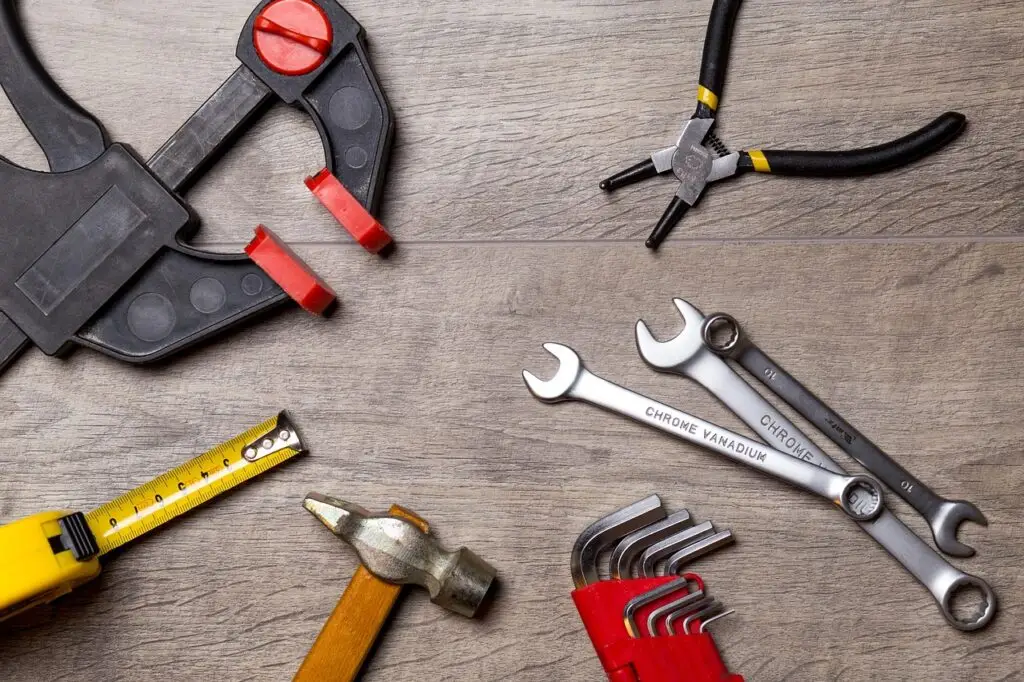Tired of high home maintenance costs? You’re not alone. Hiring a pro for every squeak, leak, or crack can add up fast. But the good news? Many common home repairs are well within reach of a confident DIYer. With the right know-how and a little elbow grease, you can tackle key projects yourself and keep hundreds—even thousands—in your pocket.
In this guide, you’ll learn which DIY home repairs give you the biggest bang for your buck, how to spot the signs that something needs fixing, and expert tips to help you make the right call between doing it yourself or calling in backup.
Fix Leaky Faucets and Running Toilets
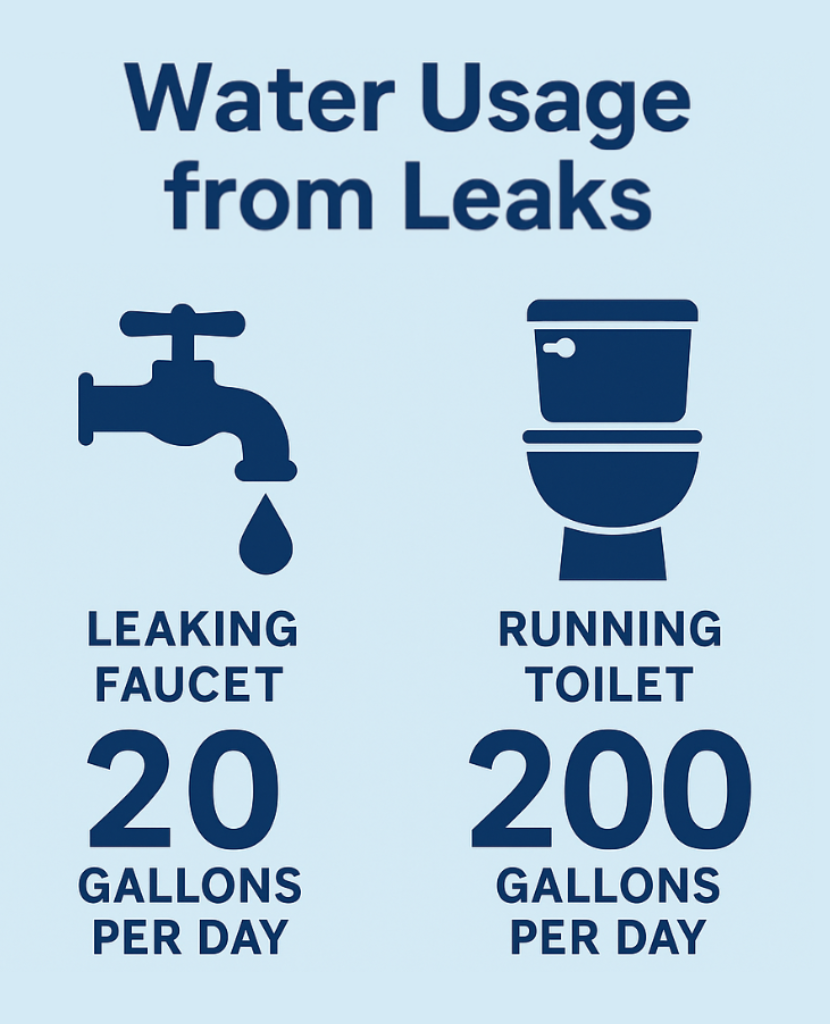
A dripping faucet can waste up to 3,000 gallons of water a year. Multiply that by your water rate, and you’ve got a leak in your budget.
How to spot it: Listen for dripping sounds at night, check under sinks for moisture, and watch for sudden jumps in your water bill.
How to fix it: In most cases, replacing a worn-out washer or cartridge is all it takes. For toilets, replacing the flapper or adjusting the fill valve solves 90% of issues.
Savings potential: Fixing one leaking faucet can save up to $60 per year. A running toilet? Up to $150 annually.
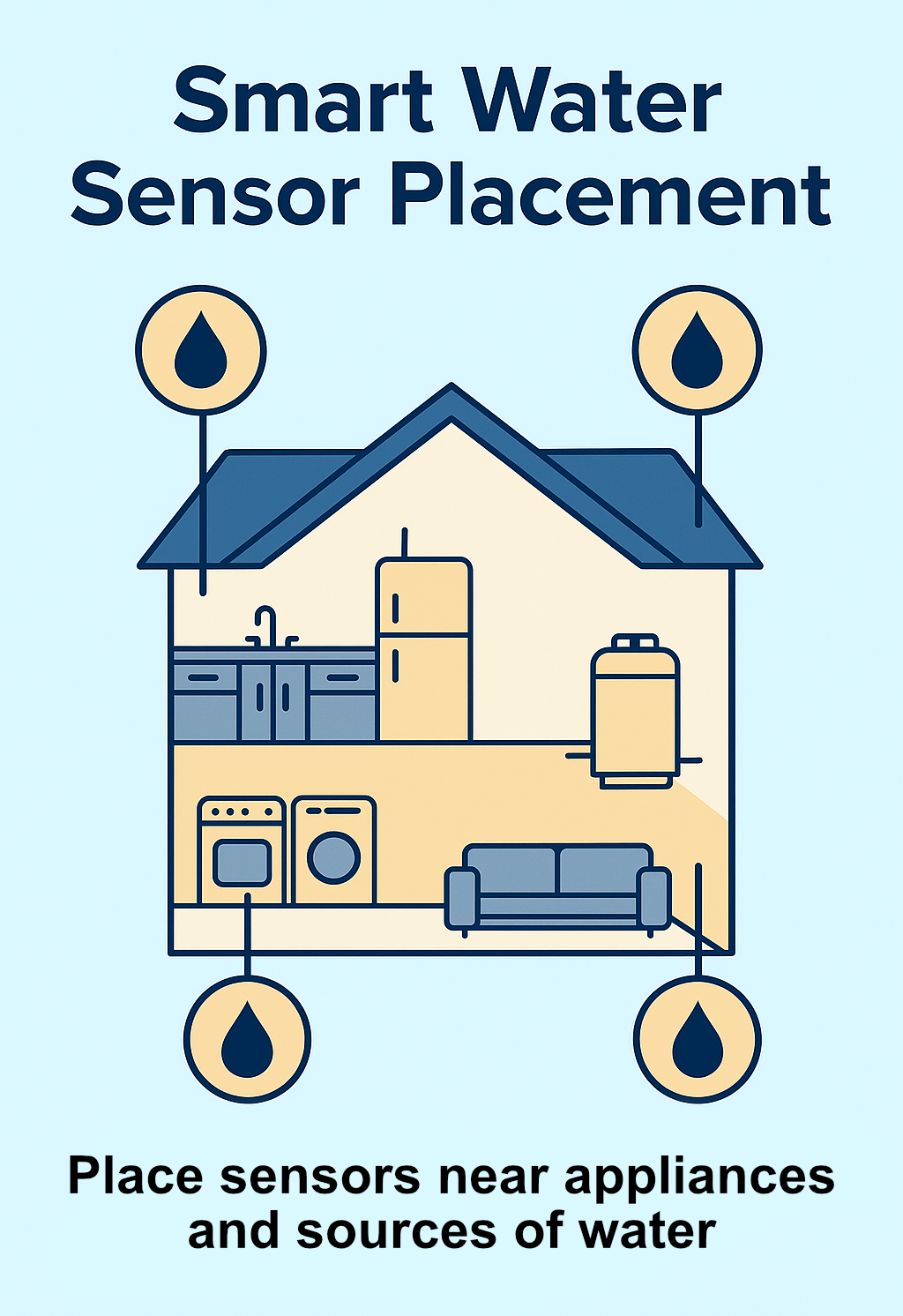
Pro Tip: Shut off the water before you start, and take the old part to the hardware store to find an exact match.
Upgrade Idea: Even small leaks can lead to major damage if left unchecked. Place inexpensive water sensor pucks near your water heater, under sinks, behind the fridge, or by the washing machine. If a leak starts, you’ll get an alert before it becomes a disaster. Smart shutoff valves can detect abnormal flow and shut off your main water line automatically. These are especially useful for vacation homes or snowbirds.
Savings potential: Early detection can prevent damage costing $5,000 or more. Sensors start at $20; smart shutoffs around $300–400.
Recaulk and Reseal Around Windows and Doors
Drafty windows and doors don’t just make your home uncomfortable—they can spike your heating and cooling bills.
Signs you need it: Feel for cold air near the edges in winter. Look for visible gaps or cracked caulk.
Why it saves: Sealing gaps can cut energy costs by up to 20% annually, according to Energy.gov.
What to do: Remove old caulk with a scraper, clean the area, and apply new weatherproof silicone caulk. For doors, add or replace weatherstripping.
Estimated savings: $100–$300 per year, depending on your climate and utility rates.
Watch Out: Don’t skip the prep work. Poor surface prep is the #1 reason caulk jobs fail.
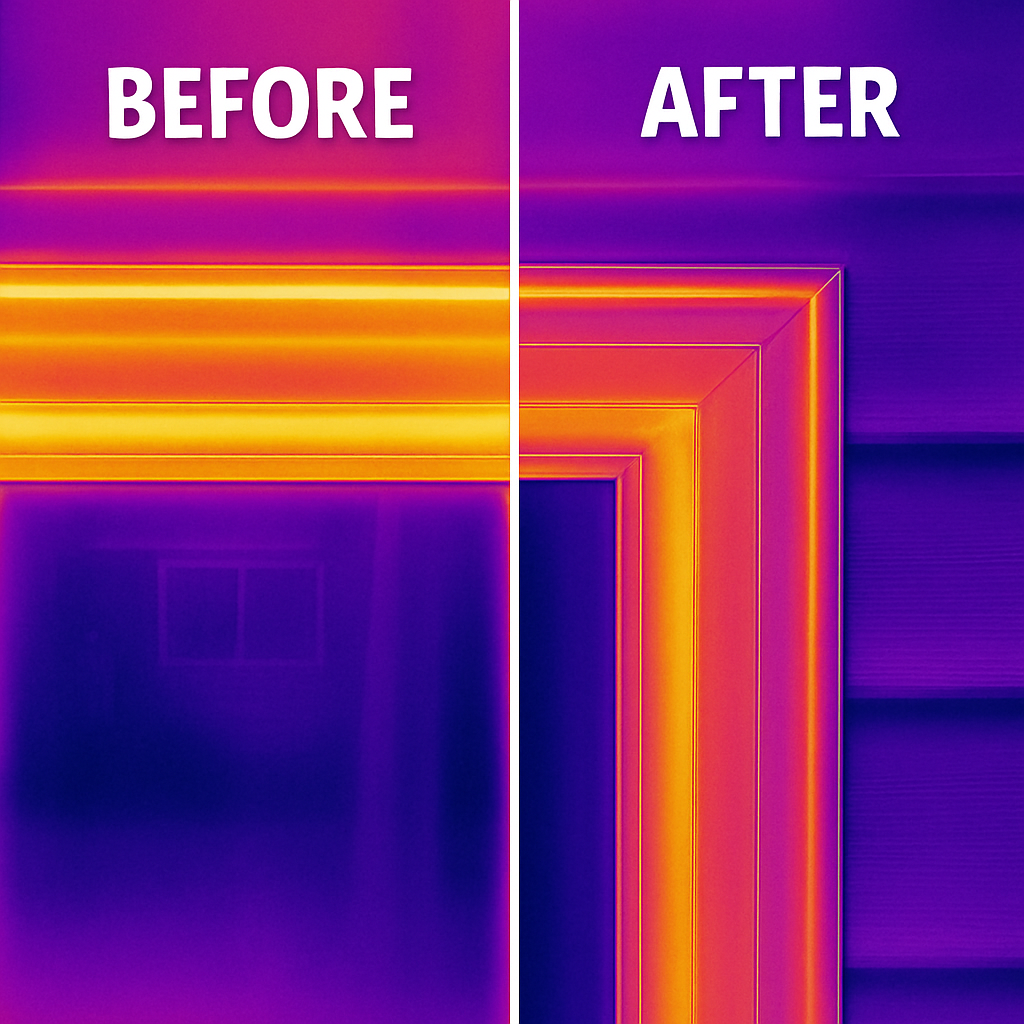
Patch Small Drywall Holes
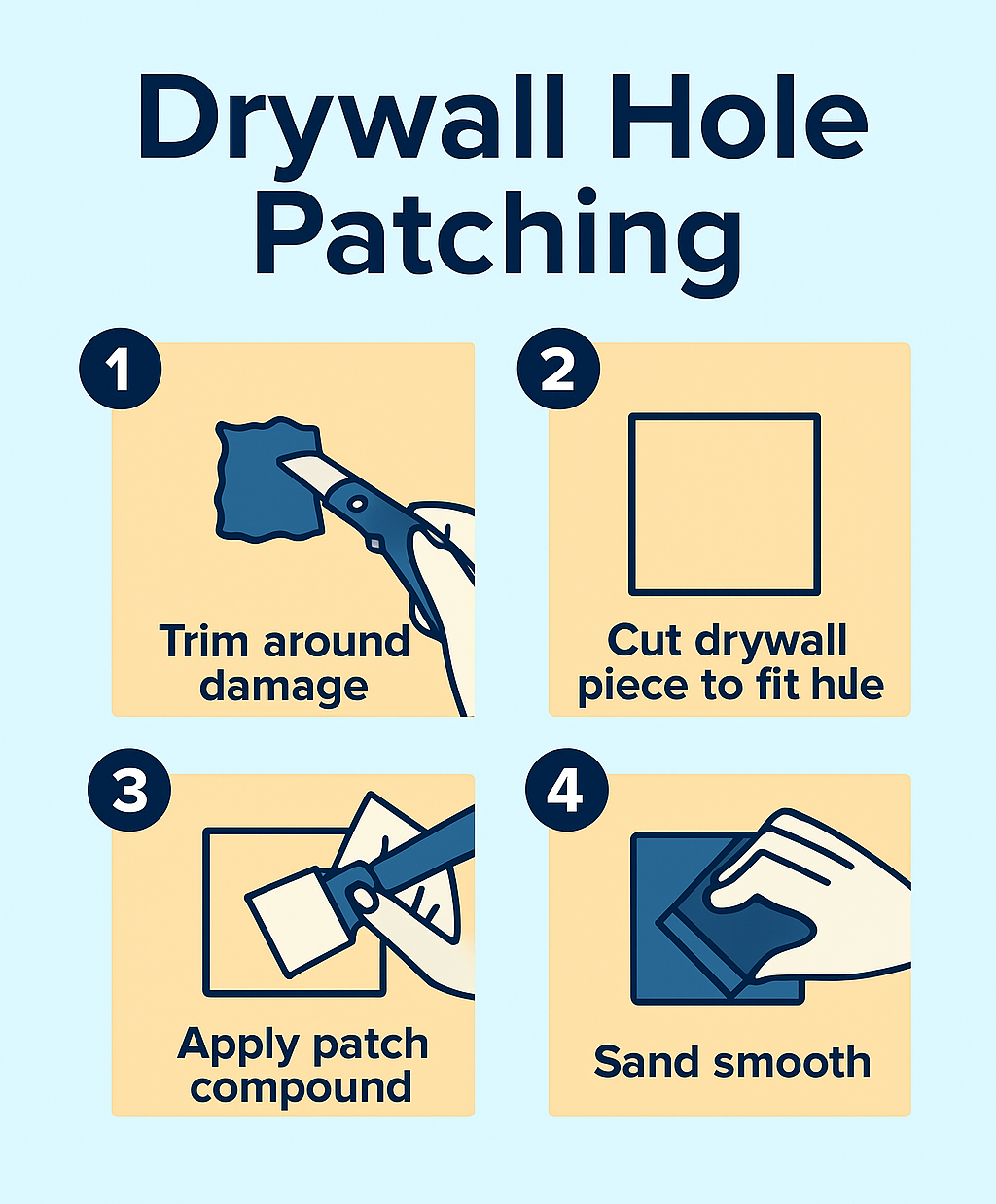
Paying someone to fix a few nail holes or small dings? Skip it.
DIY method: For holes under 2 inches, all you need is spackle, a putty knife, sandpaper, and a dab of touch-up paint. For larger holes, use a mesh patch kit.
Why it matters: Handy for move-out inspections, real estate prep, or just keeping your walls looking great.
Savings potential: Hiring a handyman could cost $75–150 per visit. Doing it yourself? Less than $10 in materials.
Clean and Maintain Gutters
Neglected gutters can cause water to back up into your roof or foundation—both very expensive problems.
When to check: Look for water overflowing the sides during rain, sagging sections, or stains on your fascia.
Cost to DIY: $0 if you have a ladder and gloves. Just scoop out debris, flush with water, and check downspouts.
Avoided costs: Foundation repair can cost $4,000–10,000. Gutter cleaning services run $100–200 per visit.
Bonus Tip: Install gutter guards to reduce future cleaning.
Unclog Drains Without Harsh Chemicals
Store-bought drain cleaners can damage your pipes over time.
Red flags: Water drains slowly, backs up, or there’s a musty odor near sinks or tubs.
Instead, try: A mix of baking soda, vinegar, and boiling water. Or use a $10 drain snake for hair clogs.
Savings: A plumber visit can cost $100–150 for a basic clog. DIY? Around $5–10 per fix.
Replace Furnace Filters and Clean Vents
A dirty filter makes your HVAC system work harder, which means higher energy bills and more wear and tear.
Watch for: Dust buildup around vents, uneven heating or cooling, or allergy symptoms in the home.
DIY frequency: Replace filters every 1–3 months, depending on pets and allergies. Vacuum out vents seasonally.
Savings potential: Clean filters can improve efficiency by up to 15%, saving $30–60 per year in energy costs.
Pro Tip: Write the date on your filter so you don’t forget when it was last changed.
Touch Up Exterior Paint and Caulk
Prevent wood rot and water damage with simple seasonal touch-ups.
Check these areas: Window trim, door frames, siding seams, and any places with chipped or cracked paint.
DIY tools: A caulk gun, weatherproof paint, and a steady hand.
Avoided costs: Repainting an entire home can cost $3,000–7,000. Touch-ups? Less than $100 in supplies.
Savings tip: Small touch-ups can prevent costly full repaints down the line.
Conclusion: Little Fixes, Big Returns
Doing your own home repairs isn’t just empowering—it’s cost-effective. Whether you’re plugging drafts, fixing leaks, or staying ahead of maintenance, these small jobs can help prevent major expenses later.
Start with one project this weekend, and let it build your confidence. And if you need help deciding what to tackle next, explore more tools and resources inside the AHA Homeowner Resource Center.
Callout Box: [PLACEHOLDER: Link to AHA DIY Tools or Contractor Finder Tool]
Resource Link: [PLACEHOLDER: Link to AHA Home Repair Cost Estimator]

